Garden soil
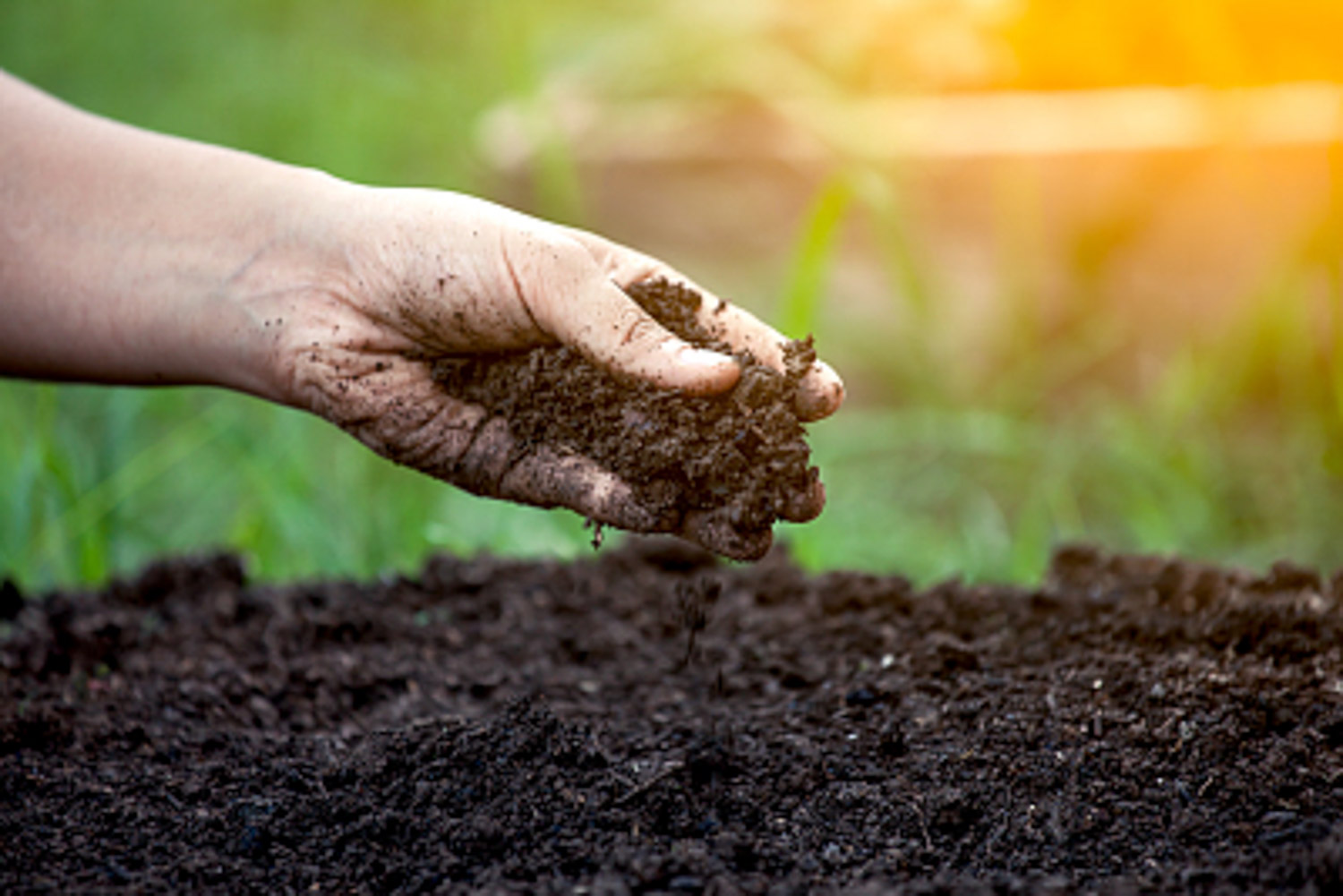
Source: the neighborhood green belt, field or park
Advantages: the fertility of the garden soil is quite high
Disadvantages: if you water more, the water permeability will become worse; Too dry will cause the soil surface to harden, so it can not be used alone
Peat soil (peat soil)
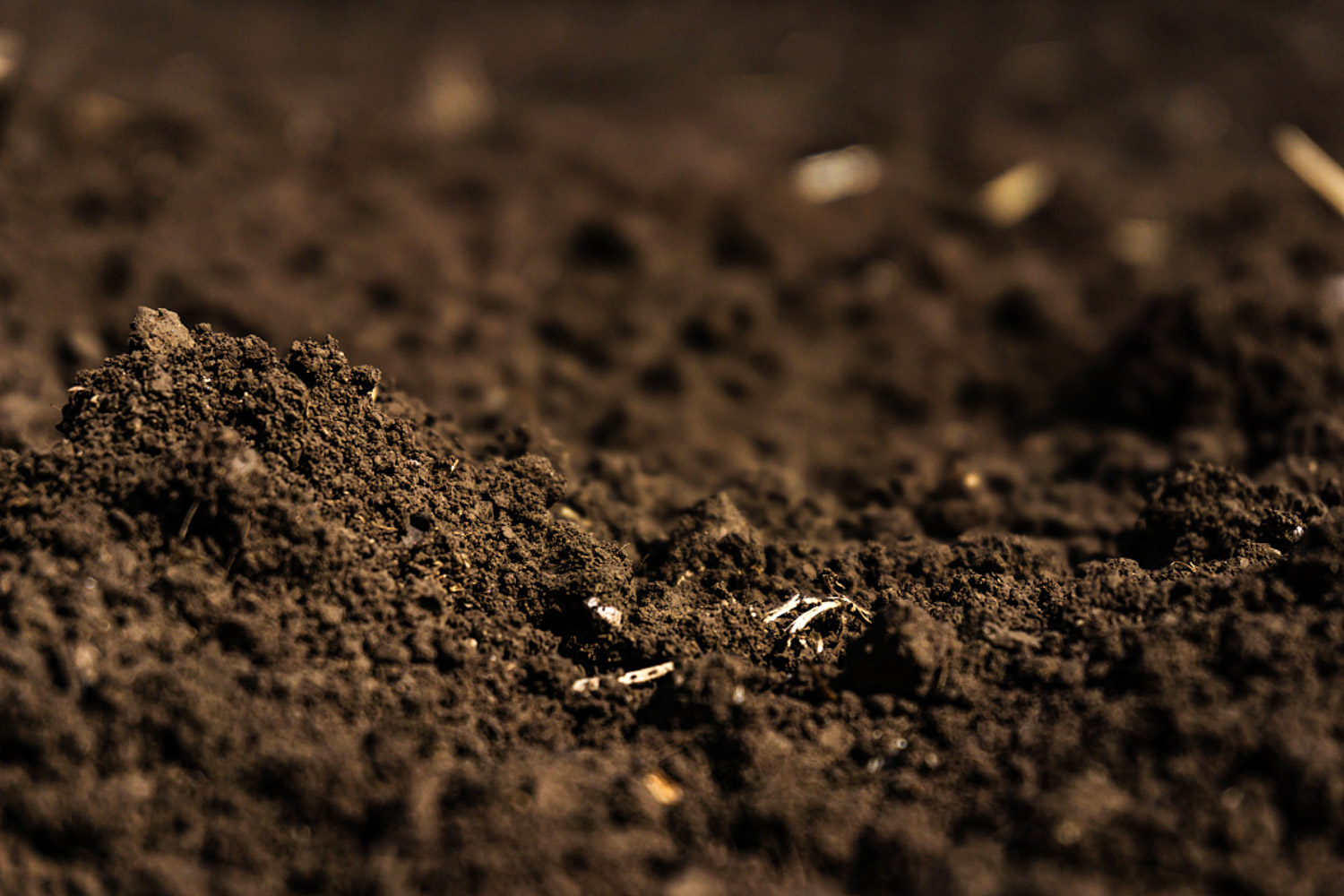
Source: pond, pond, lake bottom, not easy to dig
Advantages: excellent water and fertilizer retention, light texture and basically no diseases and pests
Disadvantages: it contains less nutrients and can not provide enough nutrients for flowers
Saprophytic soil
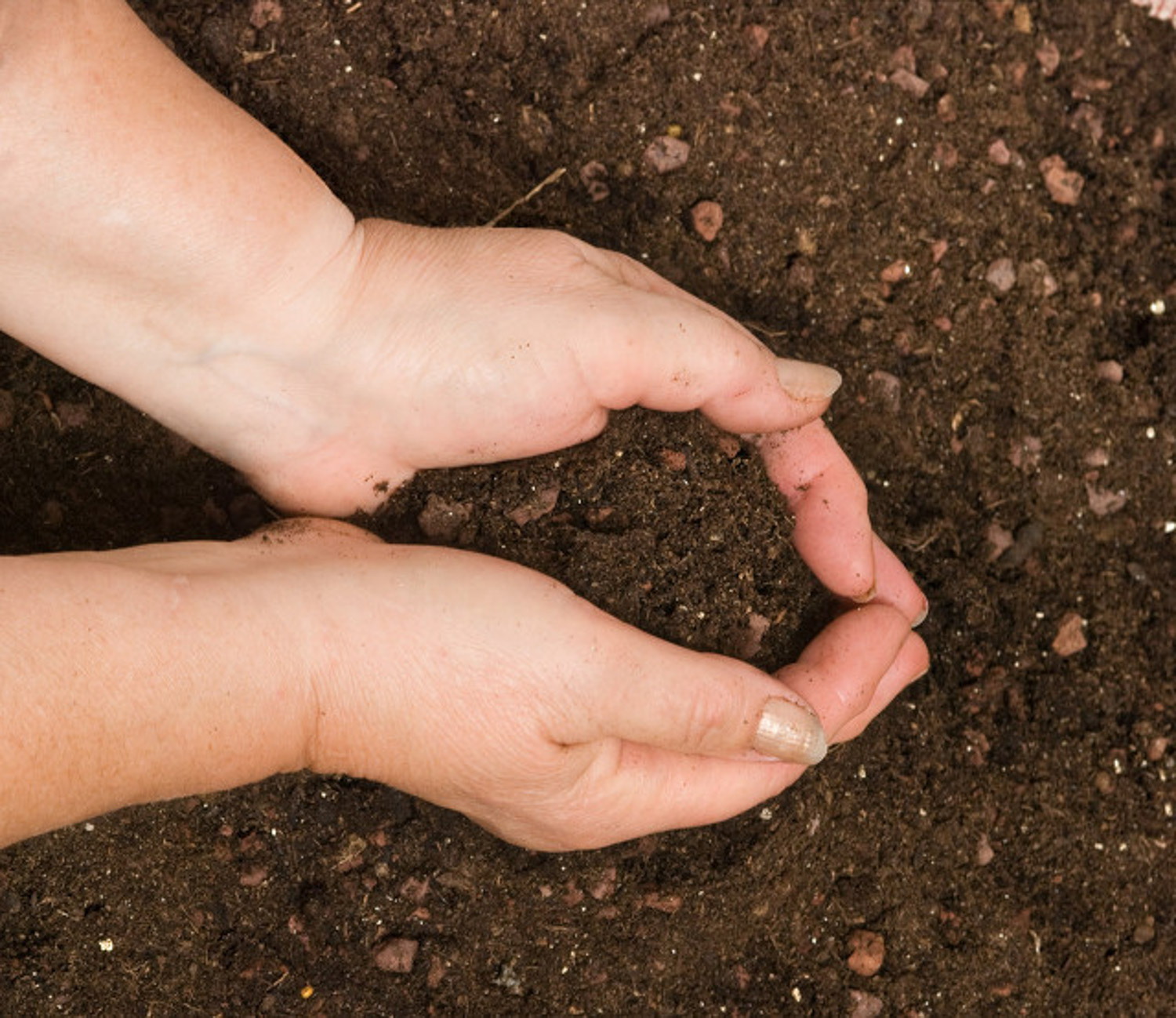
Source: on the mountain, under the big trees, in the rotten grass
Advantages: the soil made of rotten leaves is loose and has strong air permeability
Disadvantages: it may contain a lot of insect eggs and bacteria. If it is not disinfected, it will cause bacterial infection
Pine needle soil
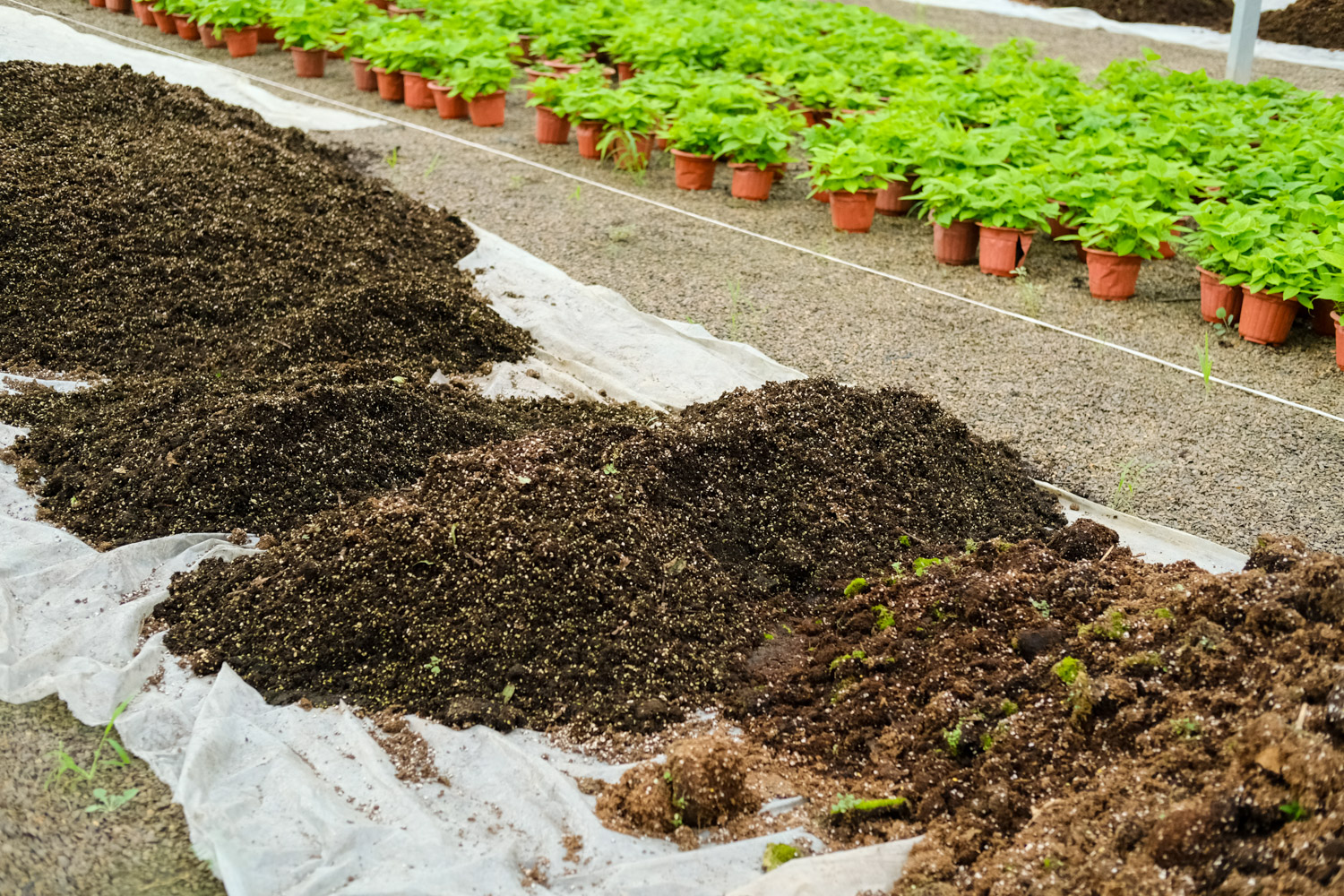
Source: peel off the surface under the pine tree, and the lower layer is the rotten pine needle soil
Advantages: it is weakly acidic, loose and has strong air permeability
Disadvantages: it is not recommended to use seedlings. The pores are too large to cover the root system
Coconut bran
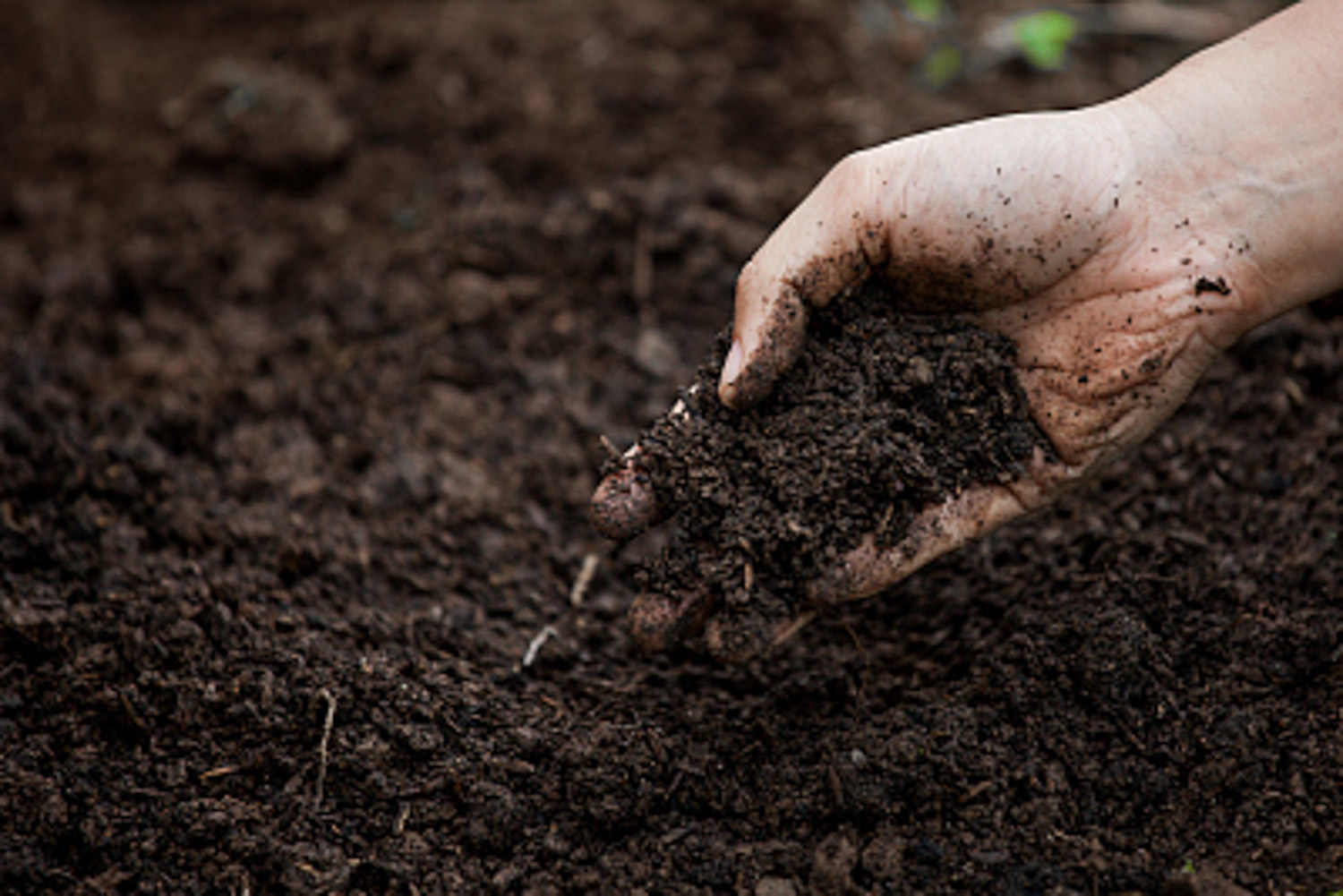
Source: it is made of fiber powder from the leaf shell and can be purchased
Advantages: the water permeability is very strong and will not cause ponding in the basin
Disadvantages: it doesn't contain any nutrients. It's best not to use it alone
Water moss
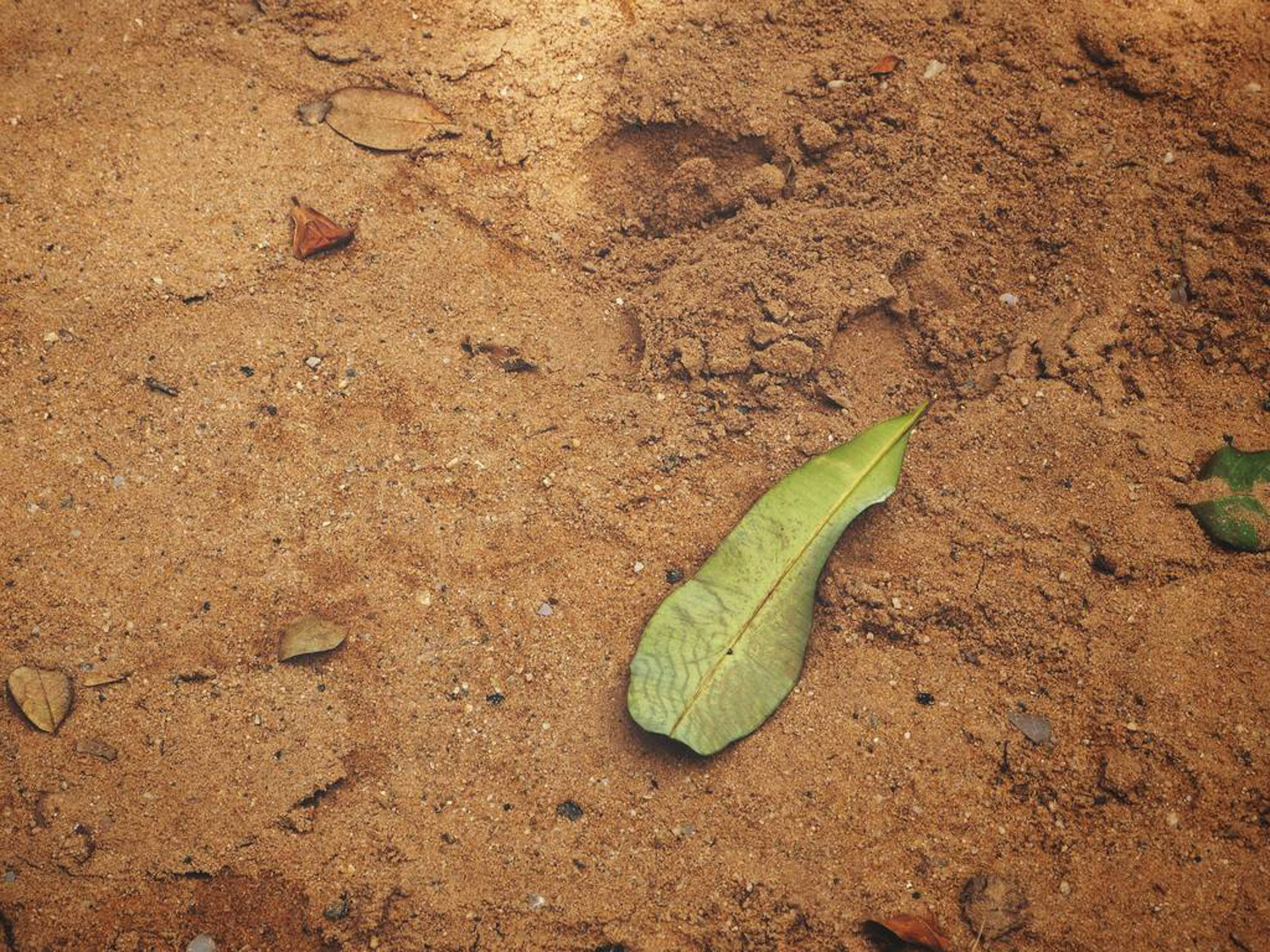
Source: a kind of natural moss, which can be found in the wild
Advantages: clean and germ free, heat preservation and moisture retention, ventilation and ventilation. It is mainly used for raising orchids
Disadvantages: fully absorb water before use and soak in water
Vermiculite
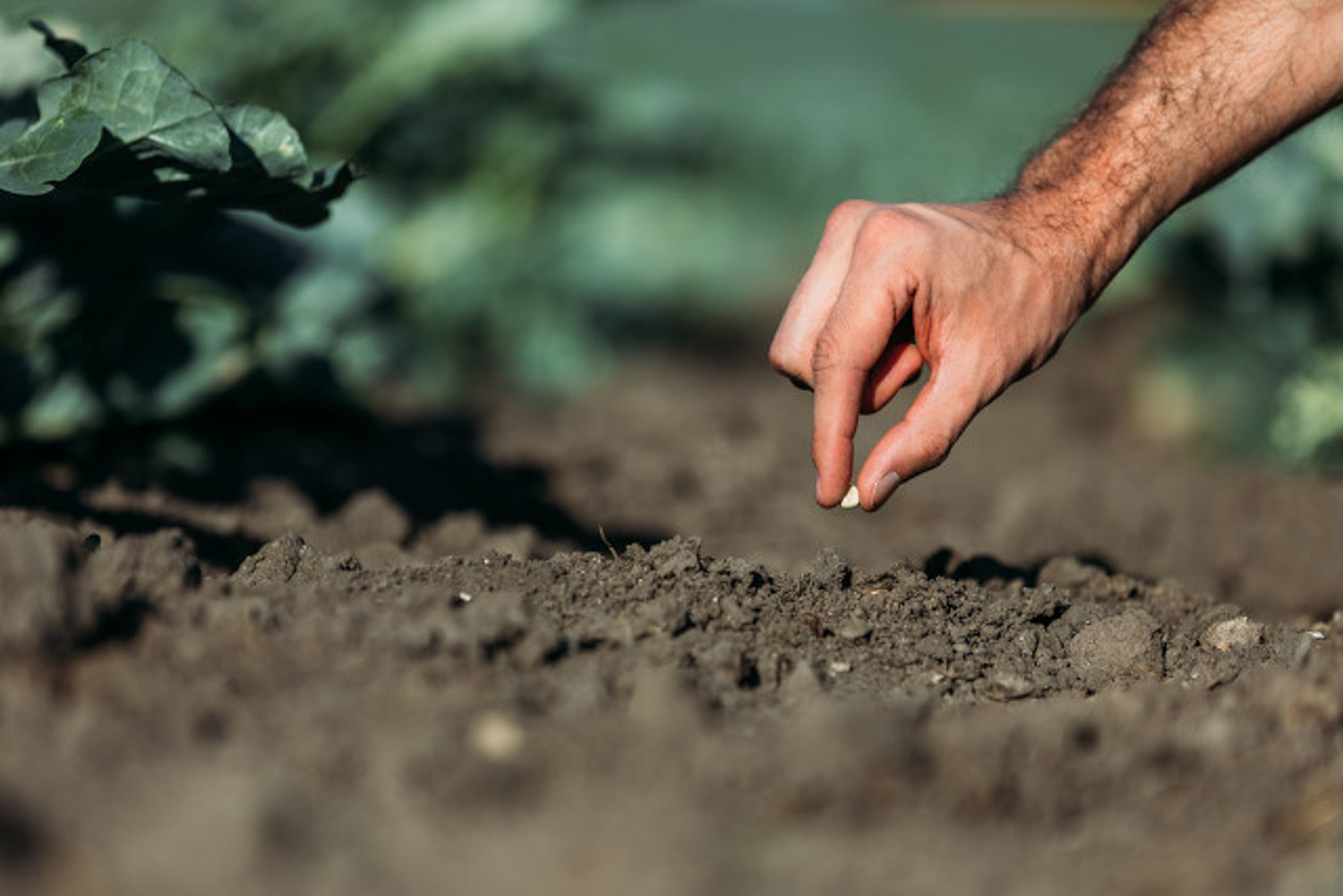
Source: bought
Advantages: natural, non-toxic, strong water absorption and good air permeability. It is often used in cutting or seedling raising
Disadvantages: after a long time, it will become broken, and the water permeability will be greatly reduced
Perlite
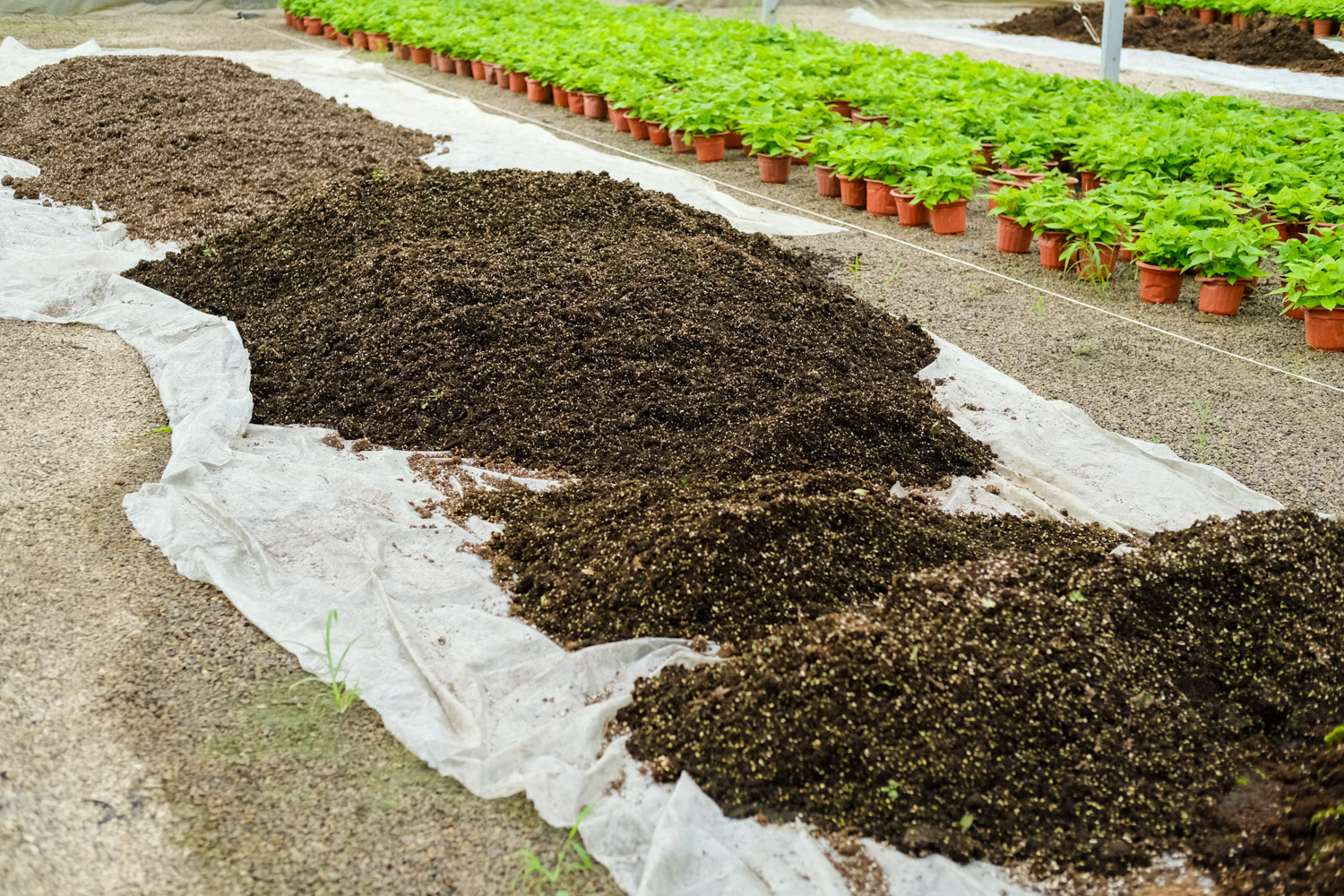
Source: bought
Advantages: it improves the permeability of soil, is more stable than vermiculite, and is not easy to decompose into debris
Disadvantages: it does not contain nutrients and cannot be used directly
Cinder
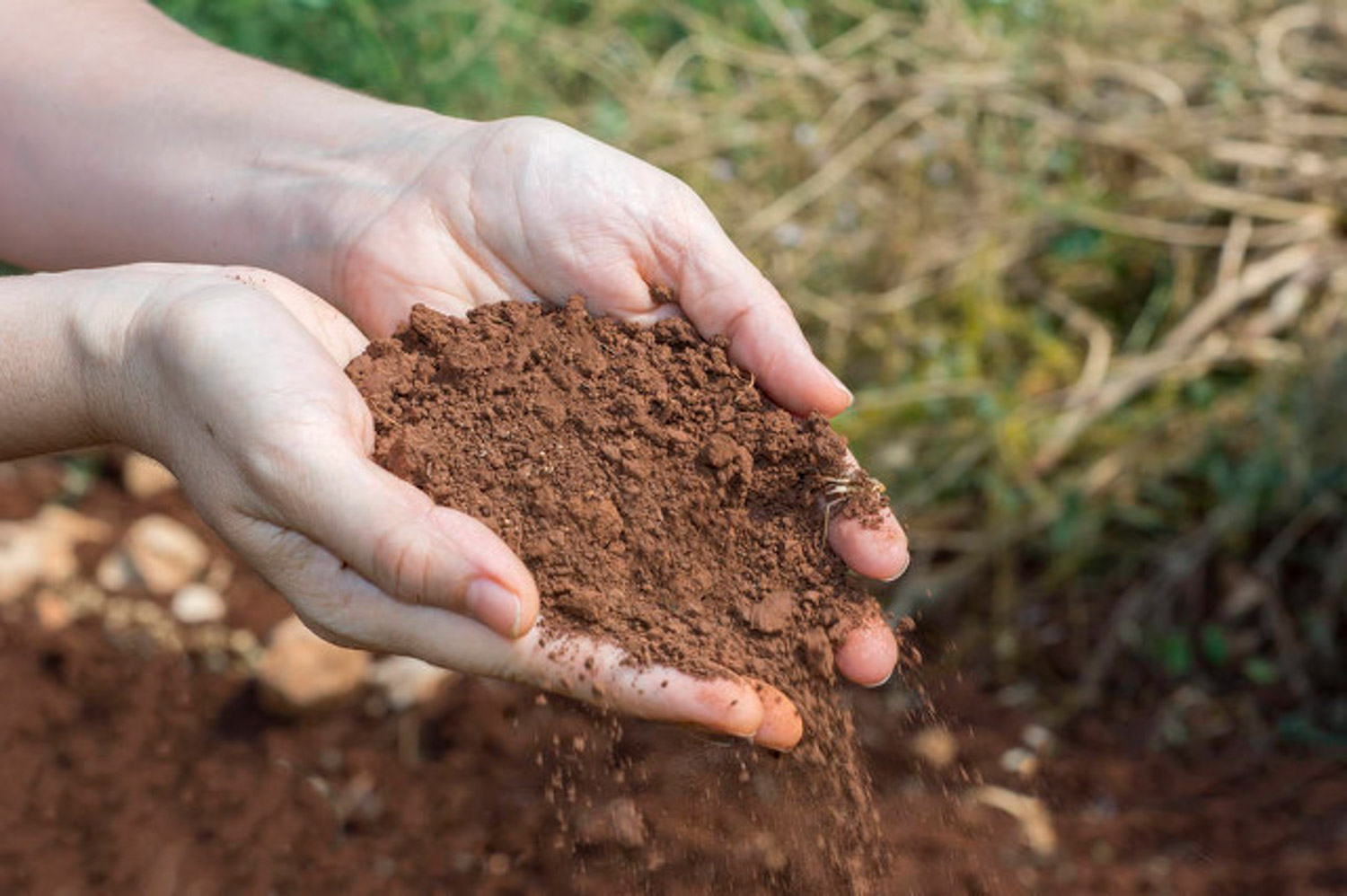
Source: picked up from roadside garbage dump or coal burning place
Advantages: it is permeable and breathable and contains trace elements to supplement nutrients for flowers
Disadvantages: it must be used after screening. Without screening, it is highly alkaline, easy to burn roots, and has a lot of dust and poor air permeability
Ceramsite
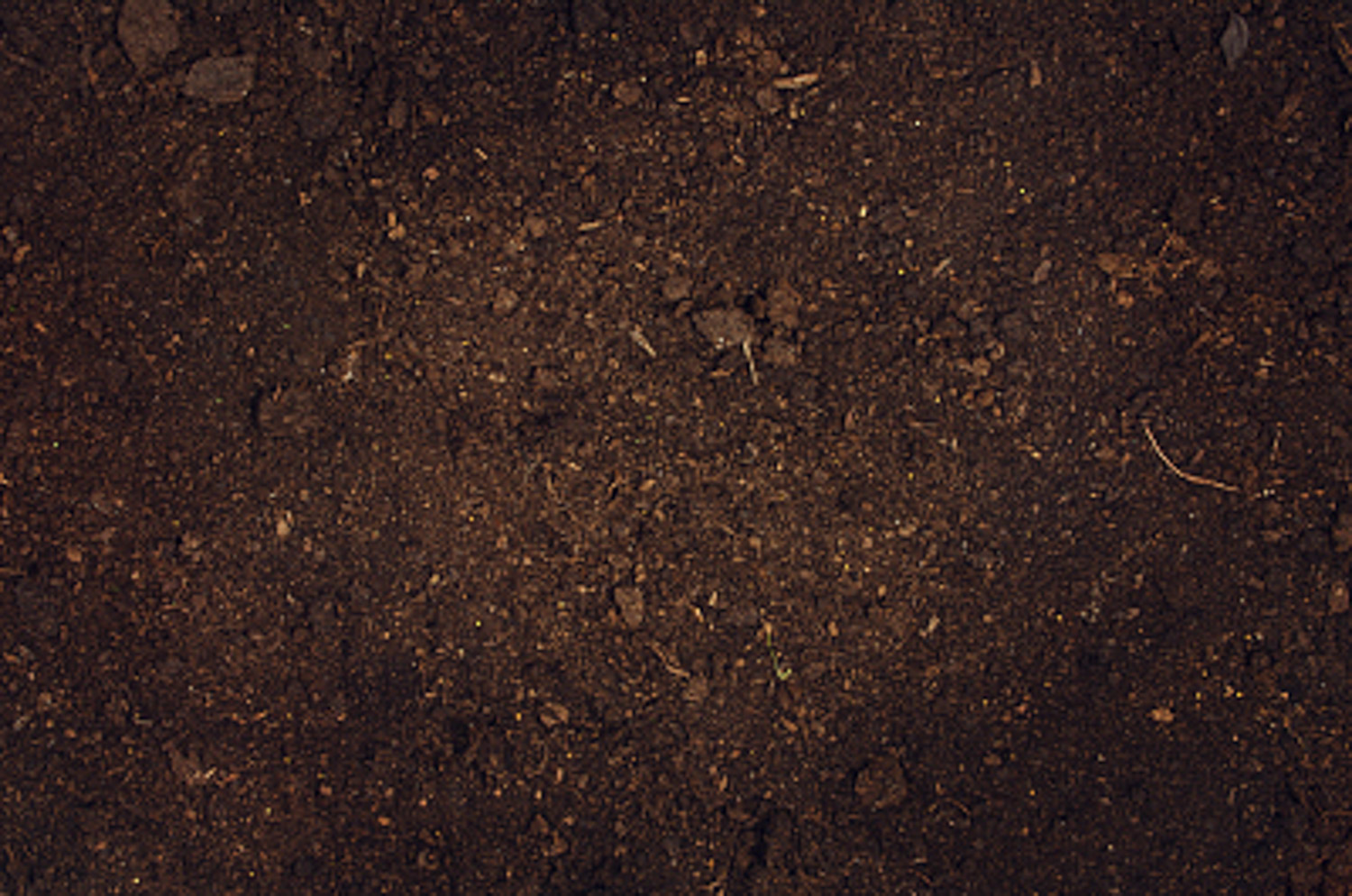
Source: bought
Advantages: increase the permeability of soil and directly pad the basin bottom
Disadvantages: no nutrients
About the soil for growing flowers
That's all for Huahua
Have all flower friends learned
After all, only the selected soil
Is the first step to the success of raising flowers

 how many times do yo...
how many times do yo... how many planted tre...
how many planted tre... how many pine trees ...
how many pine trees ... how many pecan trees...
how many pecan trees... how many plants comp...
how many plants comp... how many plants can ...
how many plants can ... how many plants and ...
how many plants and ... how many pepper plan...
how many pepper plan...



























